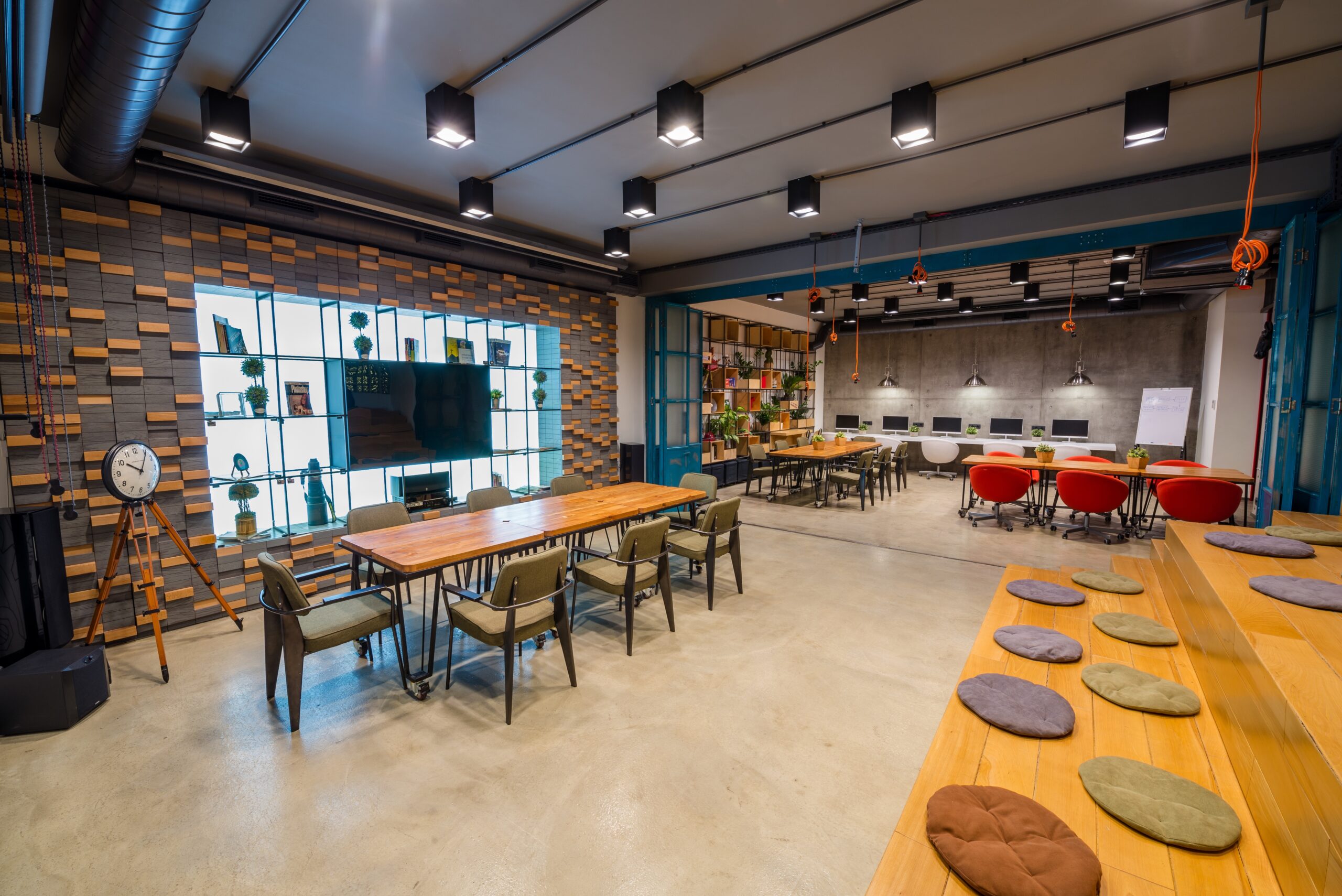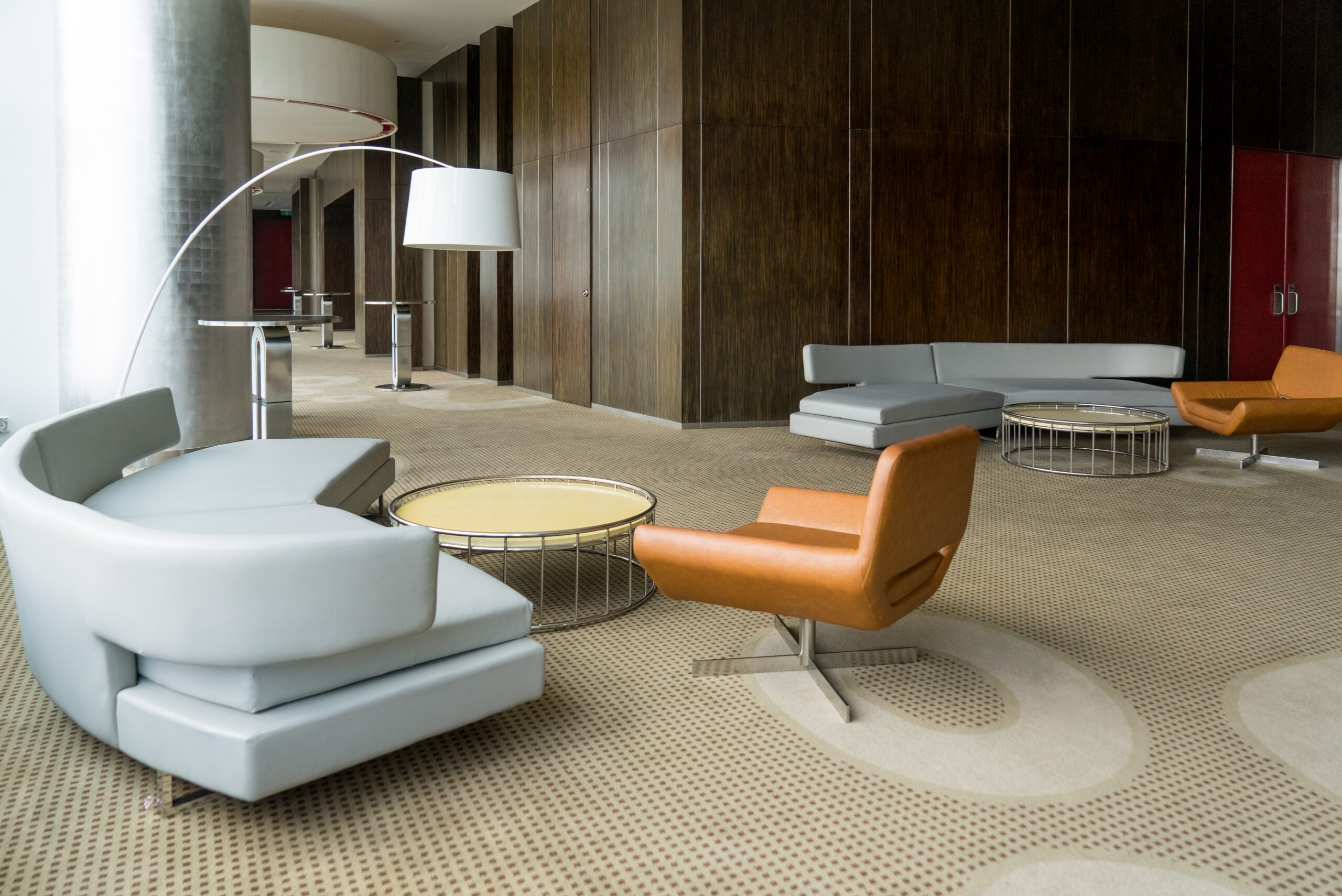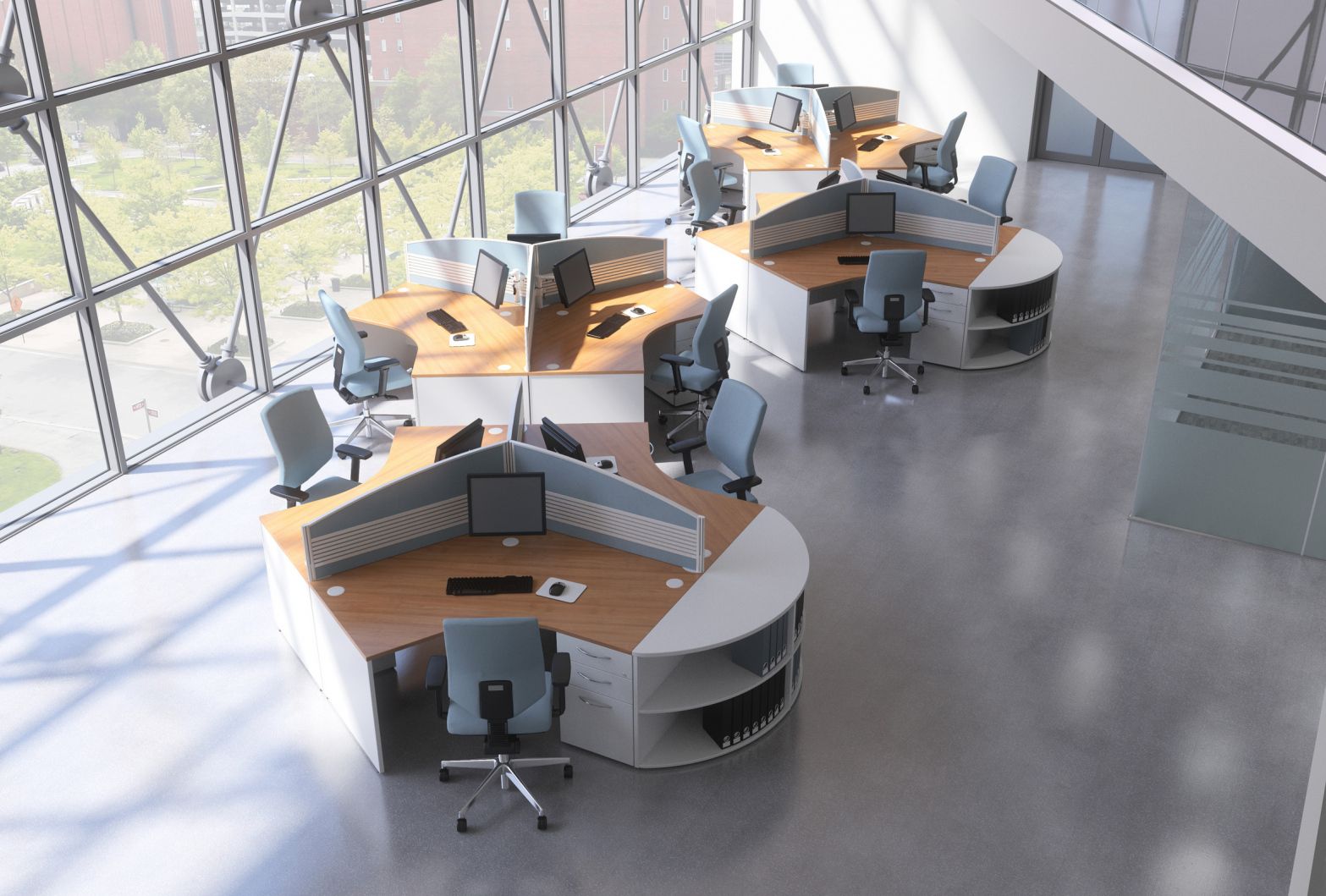In the modern workplace, office furniture is much more than just functional pieces. It plays a crucial role in influencing employee productivity, creativity, and overall well-being. The design, color, arrangement, and ergonomics of office furniture can significantly impact the psychology of individuals working in that environment. In this article, we delve into the psychology of office furniture and how it can be leveraged to boost creativity and focus among employees.
Ergonomics: Prioritizing Employee Comfort
Ergonomics is a fundamental aspect of office furniture design. Ergonomically designed furniture ensures that employees are comfortable while working, minimizing the risk of musculoskeletal issues. When employees are comfortable, they can focus better on their tasks, leading to increased productivity and creativity.
Investing in ergonomic chairs, desks, and keyboard trays can contribute to a healthier and more productive work environment. Adjustable chairs that support natural posture and height-adjustable desks allow employees to personalize their workspace, promoting comfort and reducing physical strain.
Color Psychology: Influencing Mood and Productivity
Color psychology plays a vital role in office furniture selection and interior design. Different colors evoke various emotions and can influence an individual’s mood and productivity levels.
- Blue: Often associated with calmness and productivity, blue can be used for furniture to create a serene work environment.
- Green: Green is linked to nature and can promote a sense of balance, relaxation, and overall well-being. Incorporating green in office furniture can create a soothing atmosphere.
- Red: Red can evoke feelings of excitement and energy. However, it’s essential to use it in moderation, as it can also be overwhelming.
Understanding the psychological impact of colors allows employers to select furniture that supports the desired mood and enhances employee focus and creativity.
Spatial Arrangement: Encouraging Collaboration and Focus
The layout and arrangement of office furniture can influence how employees interact and collaborate with each other. Open floor plans with shared workstations promote collaboration and communication, fostering creativity through idea-sharing and teamwork.
On the other hand, designated quiet areas with comfortable seating and isolated desks can enhance focus and concentration, ideal for tasks that require intense concentration.
The key is to strike a balance between collaborative spaces and quiet zones to accommodate different work styles and preferences, thereby optimizing creativity and productivity.
Natural Elements: Connecting with Nature
Incorporating natural elements into office furniture design can positively impact the psychological well-being of employees. Biophilic design, which integrates nature into the workspace, has gained popularity due to its ability to reduce stress, improve mood, and boost creativity.
Furniture made from natural materials like wood, stone, or bamboo can provide a sense of connection to the outdoors. Additionally, adding plants and greenery near workstations can enhance the overall ambiance and encourage a more relaxed and creative mindset.
Storage Solutions: Reducing Clutter and Enhancing Focus
An organized workspace contributes to mental clarity and focus. Proper storage solutions integrated into office furniture can help reduce clutter and create a more streamlined and organized environment.
Furniture with built-in storage compartments, file cabinets, and shelves allows employees to keep their workspace tidy and uncluttered. This, in turn, enhances productivity by minimizing distractions and making it easier to find necessary items quickly.
Customization: Fostering a Sense of Ownership
Allowing employees to personalize their workspace with adjustable furniture and customizable elements can foster a sense of ownership and empowerment. When individuals can arrange and design their workspace according to their preferences, they feel more comfortable and motivated, leading to improved creativity and focus.
Customizable furniture options, such as modular desks and movable partitions, enable employees to tailor their environment to suit their specific needs and working style.
Conclusion
Office furniture is more than just functional equipment; it’s a tool that can influence the psychological well-being of employees and impact productivity, creativity, and focus. By understanding the psychology behind office furniture design, employers can create workspaces that promote comfort, collaboration, and individual well-being, ultimately leading to a more engaged and productive workforce. Ergonomic designs, mindful color choices, thoughtful spatial arrangements, integration of natural elements, efficient storage solutions, and customization options are key considerations when aiming to optimize the psychological impact of office furniture.



